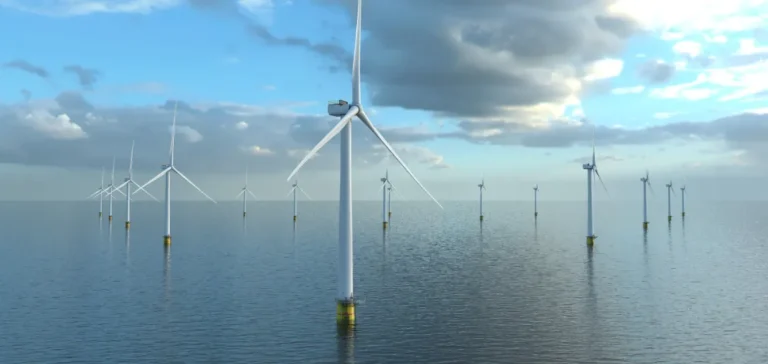Norwegian energy group Equinor has recorded a $955mn impairment on its Empire Wind project off the coast of New York, due to regulatory changes in the United States and increased exposure to tariffs. This decision follows a temporary suspension of the project by U.S. authorities, a suspension that has since been lifted, allowing work on the site to resume.
Temporary suspension and government negotiations
Empire Wind, comprising fifty-four turbines, had its first phase interrupted by the U.S. Department of the Interior, citing insufficient prior analysis. The project, estimated at $2.5bn, had the potential to power five hundred thousand homes in Brooklyn. Discussions took place between Norwegian and U.S. authorities to clarify the regulatory conditions and evaluate the financial stakes of the initiative.
After a reexamination, U.S. authorities authorized the resumption of work in May, making it possible to continue developing Empire Wind 1. Despite this restart, the impairment announced by Equinor reflects the lasting impact of regulatory and tariff uncertainties on the project’s profitability.
Financial impact and quarterly performance
Of the total impairment amount, $763mn pertains to the first phase of Empire Wind 1 and the South Brooklyn Marine terminal, with the remainder linked to the lease of Empire Wind 2, the project’s second phase. This accounting move had a direct impact on the group’s second-quarter results, with a 29% drop in net profit year-on-year, down to $1.3bn.
Equinor’s adjusted operating income stands at $6.5bn, compared to nearly $7.5bn during the same period last year. The decline in oil prices was not enough to offset the increase in natural gas prices and the rise in hydrocarbon production, which reached 2.1mn barrels of oil equivalent per day.
Challenges for the offshore wind sector
The evolution of U.S. regulations and the pressure from tariffs highlight the complexity of developing large-scale offshore wind projects. Managing financial risks and adapting business models are becoming key areas for international energy groups investing in this sector.
According to Equinor’s management, the resumption of the Empire Wind 1 project is part of a strategy to continue renewable energy activities despite the persistent challenges in the North American market.






















